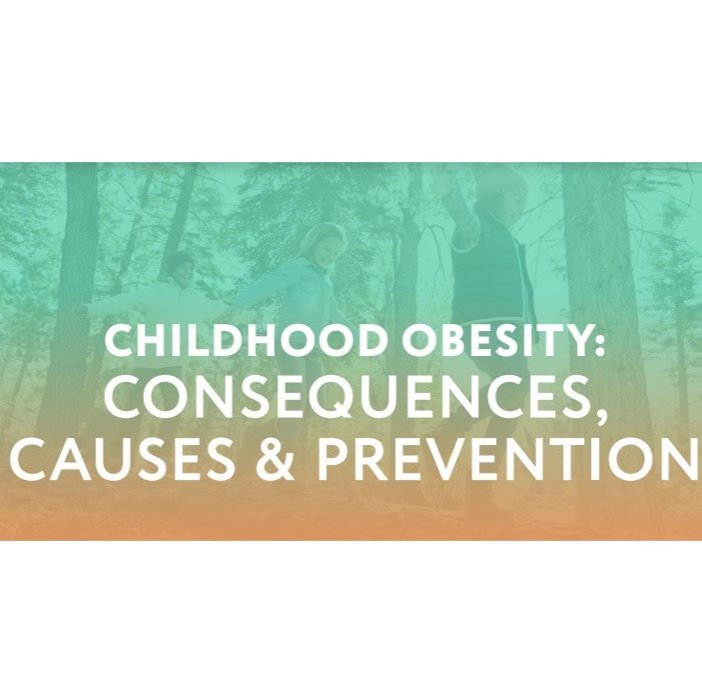Childhood obesity is becoming a real problem in this country and, in fact, around the world.
Children often turn their noses up at fruits and vegetables, preferring candy and fast food over broccoli or fruit salad. While snack foods are OK in moderation, eating too much could have a lasting effect on a child’s body and psyche.
Body weight has long been considered a personal and in-home matter for many Americans. However, the rate of obesity in children has risen quite high.
In fact, many companies in the food industry target children in their marketing campaigns. This is even while other institutions work to combat the epidemic.
How Marketing Has Contributed to Childhood Obesity
There are many factors that contribute to childhood obesity. These include genetics, family eating behaviors, lack of access to nutritional food, and sedentary or inactive lifestyles. However, there is another component of American society that has played a considerable role in its prevalence.
Studies indicate that television advertisements and other marketing campaigns have a major influence on the unhealthy food and beverage preferences of children.
Marketers spend about $1.79 billion to strategically place ads anywhere a child might see them.
Whether it’s through television commercials, product placement, video games, viral marketing, or billboards kids are too often exposed to unhealthy eating options. Clever marketing has contributed to childhood obesity.
The three main products on which most marketing money is spent include breakfast cereals, fast food, and carbonated drinks.
When a product has enticing packaging, celebrity endorsement, or other campaign tactic, children are more likely to request it.
Taking a Stand Against Childhood Obesity
As the rate of childhood obesity continues to rise in the United States, public health experts and advocates have pushed for initiatives that prioritize children’s wellbeing.
Efforts include legal adjustments and licensing laws, pricing strategies, sugary drink taxes, fitness programs, and stricter nutritional guidelines in public schools.
Fortunately, these policies are becoming more common on educational and societal levels.
Depending on the geography and environment of the child, access to healthy food options can be difficult to accomplish.
Kids spend a lot of their time in a classroom. So, there has been a push for awareness and programs in schools that encourage smart eating.
Though many students bring a lunch from home, others eat meals provided by the school. This has created controversy around school menus, their health benefits, and whether they encourage childhood obesity.
Schools are now promoting more nutritional decisions for students by:
- Implementing breakfast and after-school snack programs
- Swapping unhealthy options with more nutritious ones
- Incorporating physical activity in the school day with gym class and recess
- Offering nutrition education
- Monitoring body weight without stigmatization
- Emphasizing the importance of parental involvement in the child’s health
Tackling Obesity Starts at Home
Schools and health advocates are pushing for more awareness of childhood obesity and its prevention. However, many food decisions rely on the direction of parents and guardians.
Having a discussion about good nutrition is a great way to start preventing obesity and improving a child’s weight.
With sports practices, musical recitals, parent-teacher conferences, and family gatherings, busy schedules can influence a child’s nutrition. If your family opts for the drive-thru because the calendar is full, it may be time to take a step back and prioritize health.
For more causes and preventative measures of childhood obesity, check out our handy resource.
This infographic was created by Kids Car Donations, a Pittsburgh vehicle donation program
My name is Andrea Thompson and I’m a home based freelance writer. I’m 23 years old, married to my best friend, and mother to a wonderfully independent and opinionated 3 year old girl and step-mother to a sweet seven year old boy. I live in a tiny, little town in Kentucky, where I spend my free time fishing with my kids.
Writing has always been my passion, which I followed through high school, and for a while in college. Life happened, and once I discovered we were pregnant, I switched directions; opting for the healthcare industry because of the stability.
Finally, years later, I was in a place where I could leave the day job that never truly made me happy, and pursue my dreams. I’ve built, and am still building, my writing career from scratch. But, I’m passionate and I’m good at what I do. And, in the end, I can prove to my daughter that she can do anything she wants with this life.





